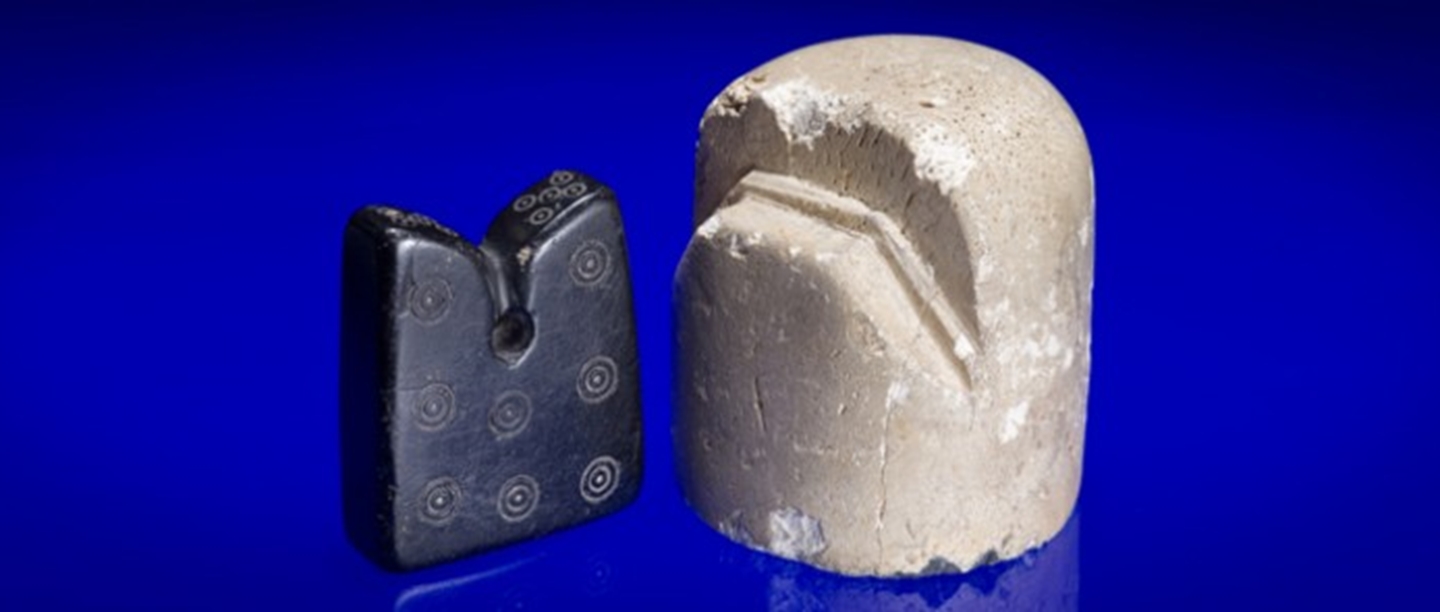
These items were found at Rievaulx Abbey in the 1920s and are over 800 years old – but what are they, and what were they used for? Susan Harrison, Collections Curator at Helmsley Archaeological Store explains.
“These pieces are hundreds of years old and yet still very current today. They are medieval chess pieces, and hail from Rievaulx Abbey but are curated at Helmsley Archaeology Store.
The game of chess first arrived in England in the 11th century and the first sets showed strong Persian and Indian stylistic influences, as the game originated from these continents. The chess boards were most probably wooden and these pieces may have been played with until the 16th century.
The white piece has been cut from the femur of an ox and is 5cm high by 4.5cm wide. It is a stylised representation of an Indian King mounted on an elephant – you can see the upper part looks like a throne, whilst the lower part would have taken the form of an elephant. We understand that the style of the King piece was adopted by the Arabs and then translated to Western Europe from the 11th century onwards. It is well carved and smooth and it may have been a decorative piece, perhaps painted, although there is no evidence of this now.
The second chess piece is a jet rook, made from Whitby jet and with silver infills. It was found some distance from the white one within the Rievaulx Abbey site. The ring and dot decorations are typical of Islamic influences portrayed in the 11th century and it is an elegant piece. From the later 12th century such stylised figures as this were replaced with more human shaped pieces, which is how we recognise our chess pieces today.
The chess pieces are quite large for game pieces and you can imagine the size of the board that was being used to play on. Chess was a game played by learned scholars as it was linked to those with a certain standard of education and social status. The monks at Rievaulx Abbey may have played the game themselves, or indeed the game may have been introduced by visitors at a later date, but these lovely pieces are uncommon, with perhaps only around fifty known examples in England today.”